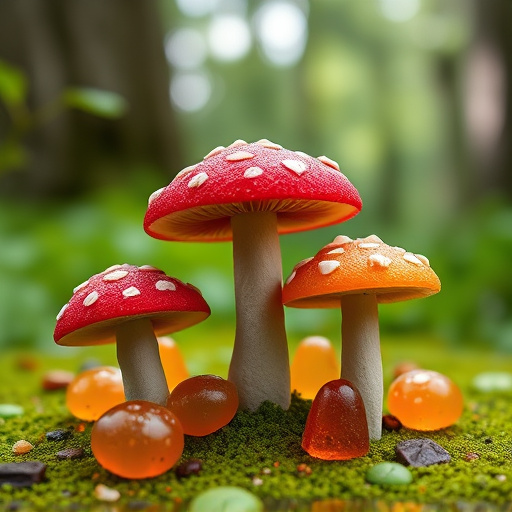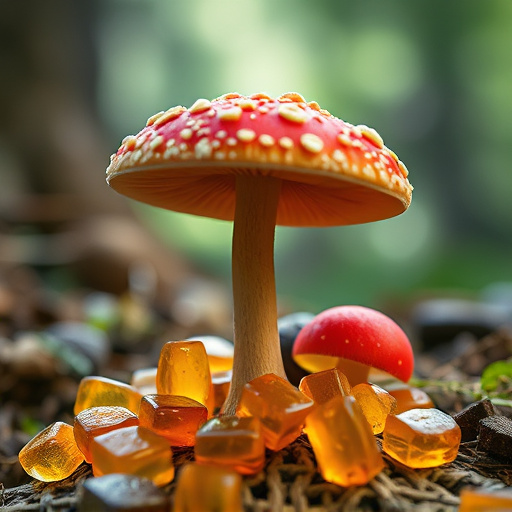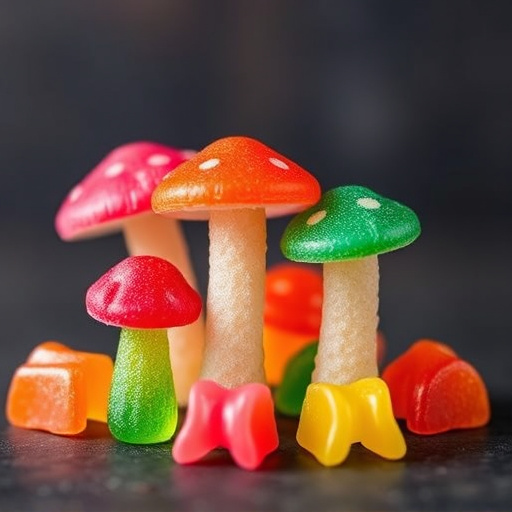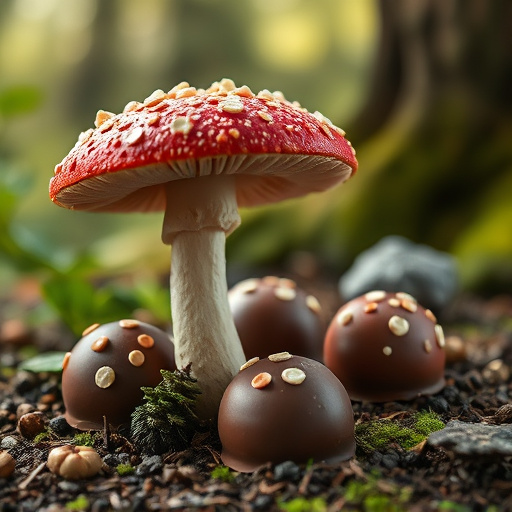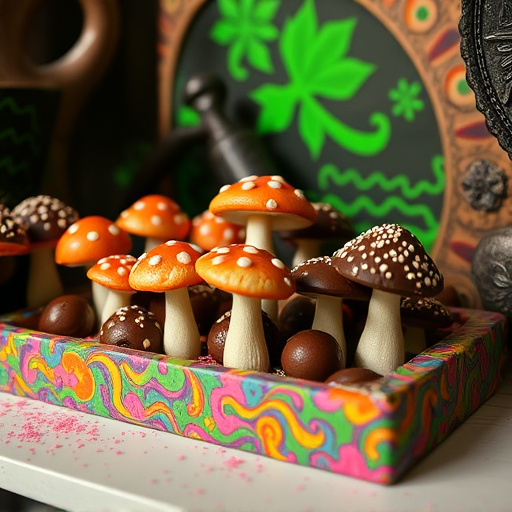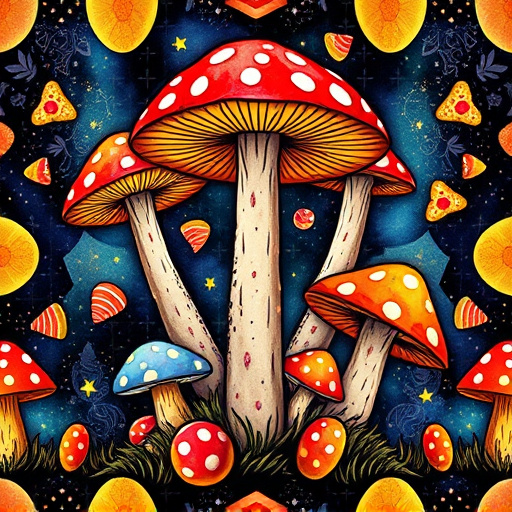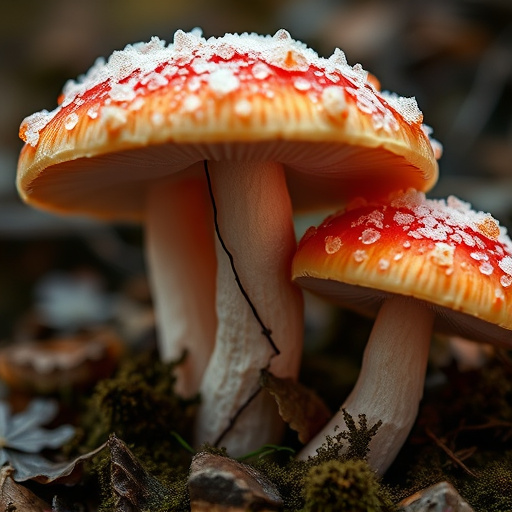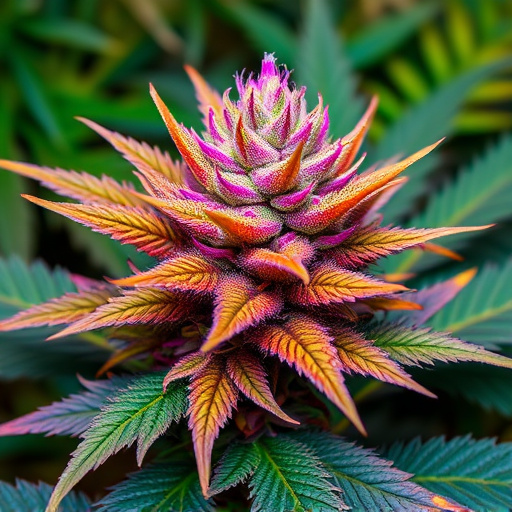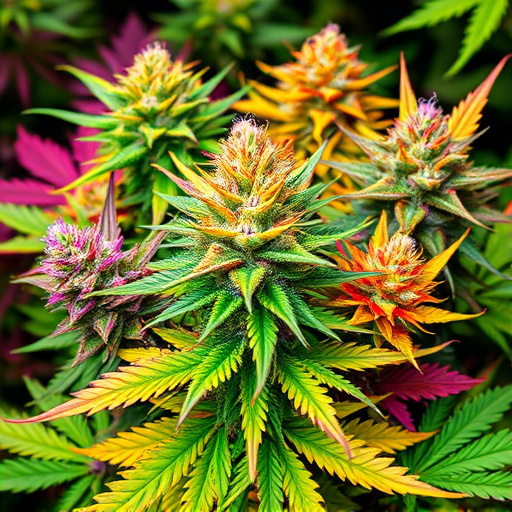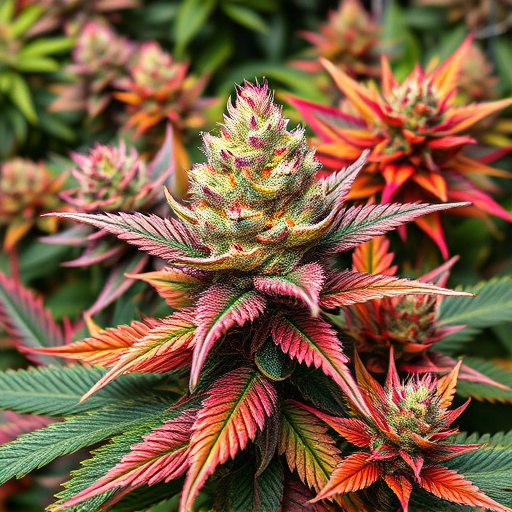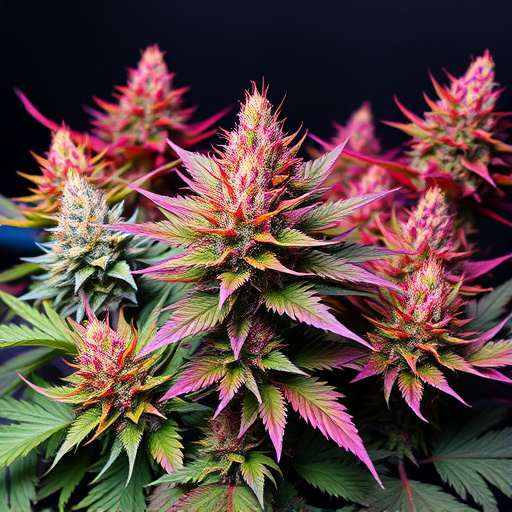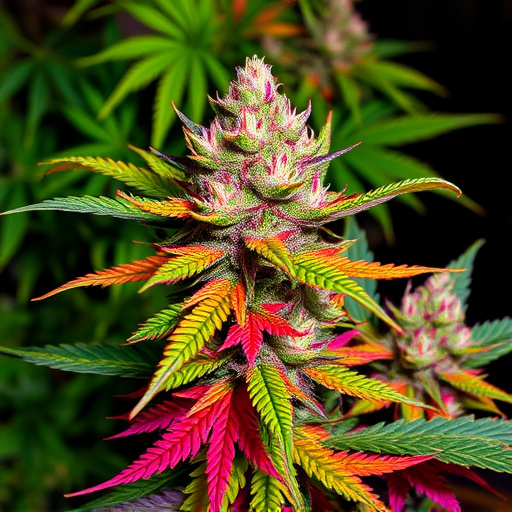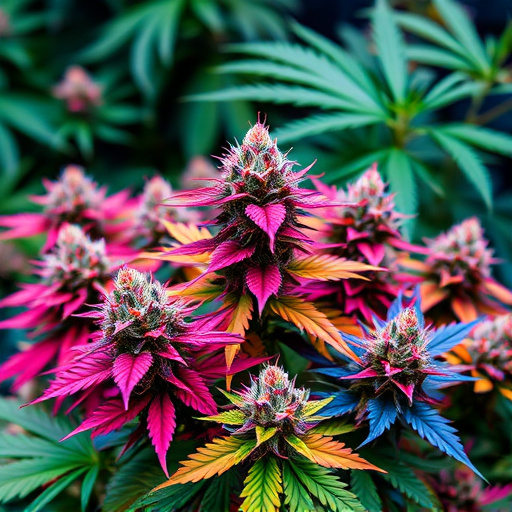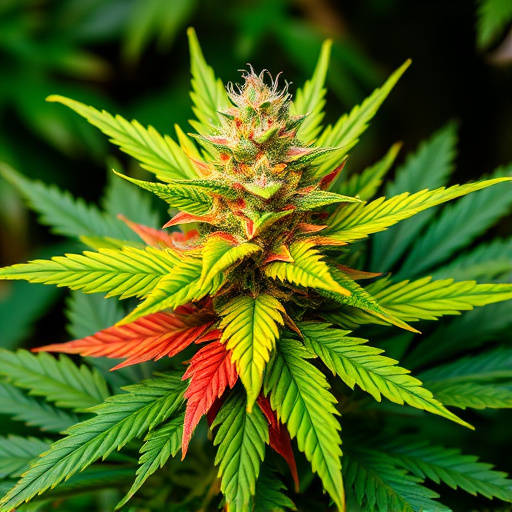Dried-out weed, or shriveled cannabis, is caused mainly by dehydration during growth or storage. Visual cues like browning and brittleness indicate this issue, which affects both appearance and chemical composition, including the unique characteristics of vibrant marijuana strains. To revive them, prepare your workspace with necessary materials, ensure optimal moisture levels, and follow a meticulous process: assess damage, decarboxylate, rehydrate gently, air dry, then cure by storing in airtight containers in cool, dark places to restore potency and flavors.
Revive your dried-out weed and bring back the vibrancy of those colorful marijuana strains with our comprehensive guide. Understanding the causes and effects of dried herb is the first step in the restoration process. In this article, we’ll walk you through preparing your workspace and materials, then provide a detailed, step-by-step guide to revive your cannabis, ensuring each strain regains its unique hues.
- Understanding Dried-Out Weed: Causes and Effects
- Preparation: Gathering Materials and Setting Up Your Workspace
- Restoring Your Bud: Step-by-Step Guide to Reviving Colorful Marijuana Strains
Understanding Dried-Out Weed: Causes and Effects
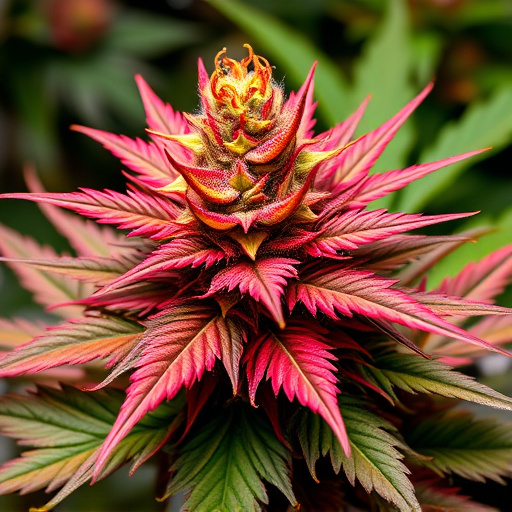
Dried-out weed, also known as shriveled or brittle cannabis, is a common issue faced by many cultivators and enthusiasts. Understanding the causes and effects is the first step in restoring its vibrancy. The primary reason behind this condition is dehydration, which can occur at any stage of the plant’s life cycle. From cultivation to storage, various factors contribute to water loss, leading to a significant reduction in the plant’s potency and aesthetic appeal.
The visual cues are often evident; the once lush green leaves turn brown, crispy, and may even appear dry and brittle. This dehydration affects not just the physical appearance but also the chemical composition of the plant. Colorful marijuana strains, renowned for their diverse terpene profiles and potent cannabinoids, can lose much of their unique characteristics when dehydrated. The effects range from a diminished high to potential degradation of the overall quality, making it less desirable for both medical and recreational users.
Preparation: Gathering Materials and Setting Up Your Workspace
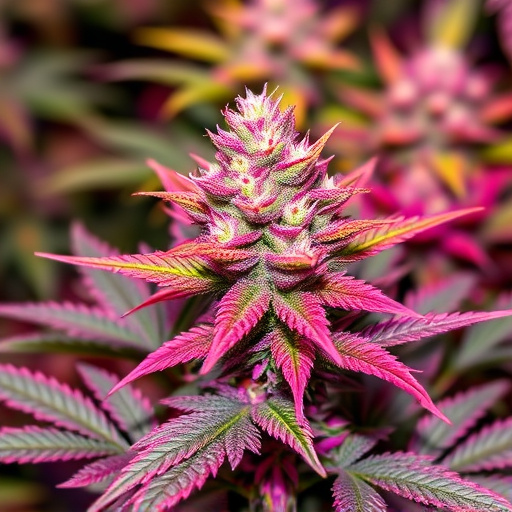
Before you begin the restoration process, it’s crucial to prepare and gather all the necessary materials. Restoring dried-out weed requires a dedicated workspace with good ventilation and access to natural light. Start by collecting clean containers suitable for storing your colorful marijuana strains during the revival process. Sterile jars or sealed bags are ideal as they prevent contamination and ensure each strain remains isolated.
Next, source a reliable humidity gauge to monitor the moisture levels in your workspace. This is essential for maintaining optimal conditions while restoring your dried herbs. Additionally, prepare a solution of warm water and mild soap (or a specialized cannabis extraction solvent) for cleaning and revitalizing the weed. Lastly, gather soft cloths or brushes for gentle handling and cleaning without causing further damage.
Restoring Your Bud: Step-by-Step Guide to Reviving Colorful Marijuana Strains
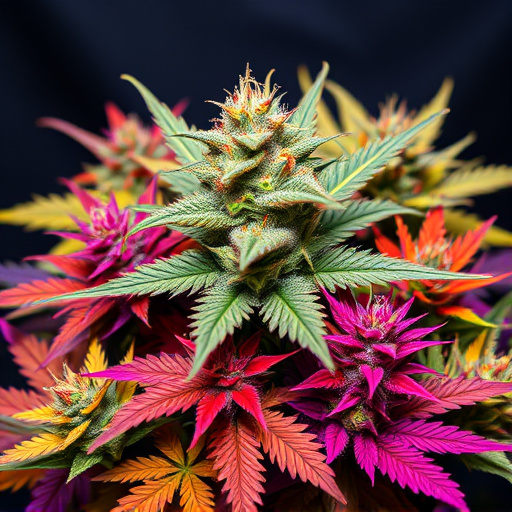
Restoring dried-out weed, especially vibrant and unique colorful marijuana strains, involves a meticulous process to bring back their original potency and flavor. Here’s a step-by-step guide designed to revive these special varieties:
1. Assessment: Begin by thoroughly examining your dried buds. Check for signs of mold, rot, or discoloration, which can indicate poor storage conditions. Colorful marijuana strains are often more delicate, so their vibrant hues may fade over time if not stored correctly.
2. Decarboxylation (Decarbing): To activate the cannabinoids in your dried weeds, decarboxylation is crucial. This process involves heating them at a specific temperature (around 218°F or 103°C) for a set period to convert THCA into THC, making it bioavailable for consumption. You can achieve this by using an oven or specialized decarboxylator equipment.
3. Re-hydration: After decarbing, gently re-hydrate your colorful marijuana strains by placing them in a sealed container with a small amount of room temperature water (about 1-2 teaspoons per gram of herb). Let them soak for 4-6 hours, allowing the water to infuse and revive any dried-out material.
4. Air Dry: Remove the buds from the water and pat them dry gently with a clean cloth or paper towel. Avoid vigorous drying as it can damage the delicate trichomes responsible for potency and flavor. Let the rehydrated buds air dry at room temperature, away from direct sunlight, until they feel slightly crisp to the touch but not brittle.
5. Curate and Store: Once dried, cure your colorful marijuana strains by storing them in an airtight container (like a Mason jar) in a cool, dark place. This step allows flavors to develop further and ensures longevity. Change the storage medium (e.g., cloth, paper) periodically to maintain optimal conditions.
Revitalizing dried-out weed, or “restoring your bud,” is an art that allows you to salvage and enjoy vibrant, colorful marijuana strains. By understanding the causes of dried-out weed and employing a simple, step-by-step guide, you can successfully revive these valuable plants. With the right preparation, materials, and techniques, you’ll be able to restore the rich hues and potent effects of your beloved cannabis strains, ensuring a satisfying experience for both novice and seasoned users.
